
Tim Lathlean
PhD Candidate, Monash Injury Research Institute: Training loads, fatigue, sleep health and injury risk #AFL
http://timlathleanaep.com @TimLathlean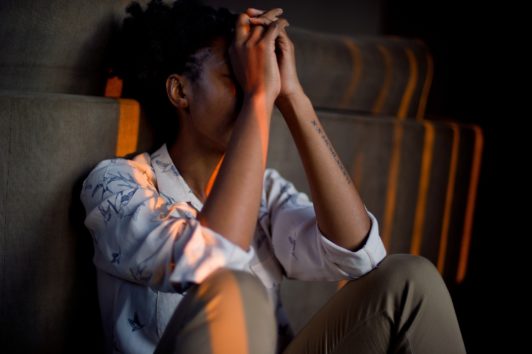
Article
Exercise and sport, collectively, represent the most popular leisure activity for the adolescent age group (Gerber, Holsboer-Trachsler et al. 2011). As a result, there are many benefits, including increased social contact with peers, development of self-esteem and confidence, the opportunity to improve leadership qualities and the promotion of optimal health...
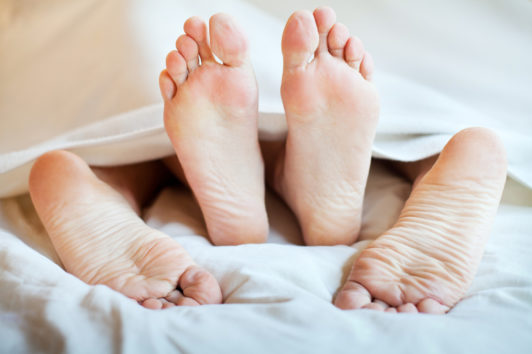
Article
From youth into advanced age, sexuality continues to be a key quality of life issue. A satisfying sex life is a critical element of overall health and happiness for many individuals, as sexuality plays a considerable role in intimate relationships as well as being an important aspect of overall emotional...
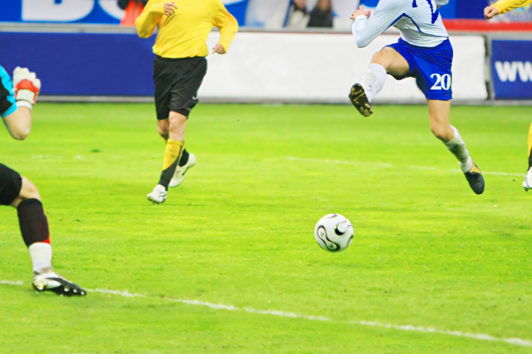
Article
With the 2014 World Cup in Rio rapidly approaching, it is of great interest to reflect of the 2010 World Cup winners, Spain, and what may have helped them achieve victory over the Dutch. Throughout the World Cup, many teams reported difficulty with the playing conditions, particularly at altitude. The...
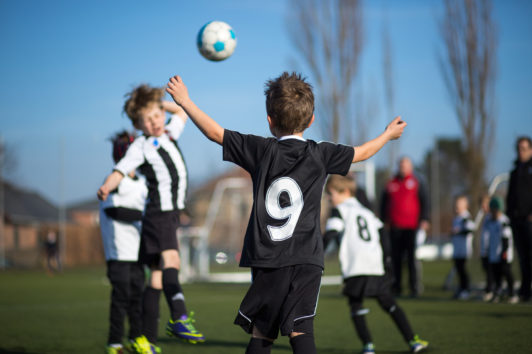
Article
Few studies have investigated the role of overall life stress and wellness on performance and injuries in elite junior sport. The adolescent phase of development is one where athletes face many competing demands. As a result, whilst their need for sleep has not changed to that of childhood, evidence suggests...

Article
Previous articles for Sport in Mind have focused on athlete recovery and the importance of the appropriate quality and quantity of sleep. Sleep has been outlined as being essential for physiological growth and repair, neuro-muscular performance, cognitive functioning and memory, emotional well-being and immune function. Napping has been proposed as...
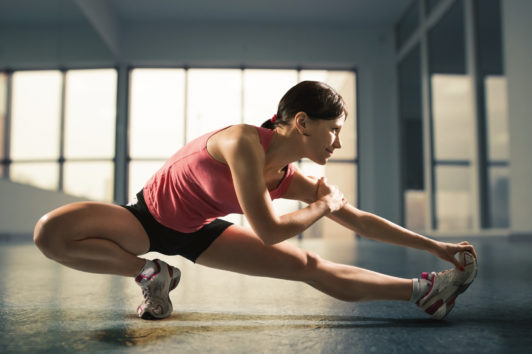
Article
In my previous two articles on TheSportinmind, adequate rest (napping) and sufficient sleep are discussed as two of the most commonly reported methods for managing fatigue and enhancing recovery (Hausswirth et al.; MyllymÄKi et al., 2011; Samuels, 2008). I discussed how research supports napping as a prophylactic strategy to supplement...
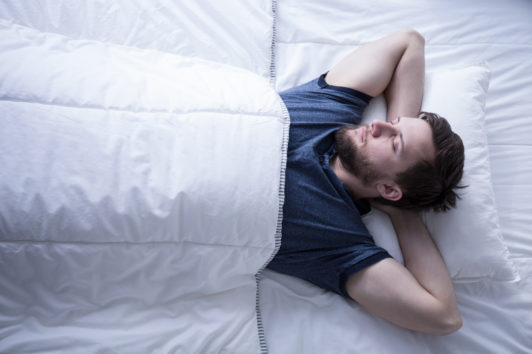
Article
In my last clinical update on sleep and sports injury in adolescent athletes, I described the stressors that they face in day to day training and competition. As well as these high-volume and intensity training schedules, these athletes are exposed to many non-training stressors. This highlights sleep as being central...
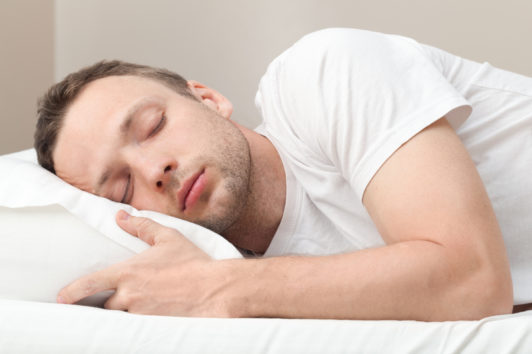
Article
Optimal performance requires the balance of stress and recovery in response weekly and annual periodised training. Athletes need sufficient physical stress to maximise positive adaptations in terms of physical qualities such as strength, power and speed as well as skill based qualities such as increased decision making ability. To optimise...

